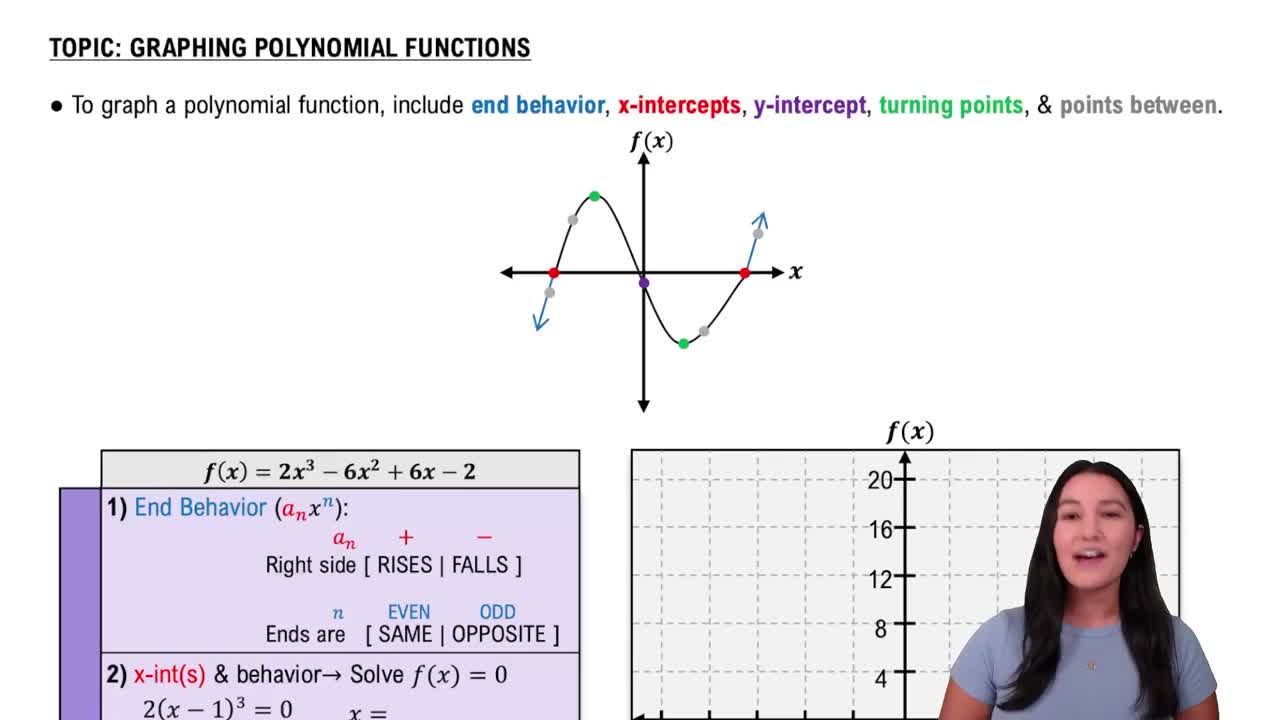Here are the essential concepts you must grasp in order to answer the question correctly.
Rational Inequalities
Rational inequalities involve expressions that contain rational functions, which are ratios of polynomials. To solve these inequalities, one must determine where the rational expression is less than or greater than a certain value. This often requires finding critical points where the expression is zero or undefined, and then testing intervals to see where the inequality holds true.
Recommended video:
Rationalizing Denominators
Interval Notation
Interval notation is a mathematical notation used to represent a range of values on the real number line. It uses parentheses and brackets to indicate whether endpoints are included (closed intervals) or excluded (open intervals). For example, the interval (2, 5] includes all numbers greater than 2 and up to 5, including 5 but not 2.
Recommended video:
Graphing Solution Sets
Graphing solution sets on a real number line visually represents the solutions to an inequality. Each interval is marked according to whether it is included or excluded, using open or closed circles. This graphical representation helps in understanding the range of values that satisfy the inequality, making it easier to communicate the solution effectively.
Recommended video:
Graphing Polynomial Functions
 Verified step by step guidance
Verified step by step guidance Verified video answer for a similar problem:
Verified video answer for a similar problem:

